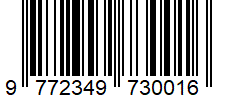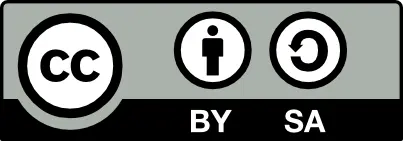Breeding for Abiotic Stress Tolerance in Indian Agriculture- A Genomic Perspective
Authors: Dr. Suresh Kumar
DOI: https://doi.org/10.5281/zenodo.13923723
Short DOI: https://doi.org/g78fgj
Country: India
Full-text Research PDF File:
View |
Download
Abstract: Breeding for abiotic stress tolerance is increasingly critical in Indian agriculture due to the adverse impacts of climate change on crop productivity. This paper explores the genomic approaches employed to enhance tolerance to abiotic stresses, including drought, salinity, heat, and cold. Key advancements in genomic tools such as marker-assisted selection (MAS), genome-wide association studies (GWAS), next-generation sequencing (NGS), and CRISPR-Cas9 gene editing have accelerated the development of stress-resilient crop varieties. The integration of these technologies with traditional breeding methods has shown promise in improving yields and adaptability of crops under challenging environmental conditions. Additionally, the paper emphasizes the importance of expanding genetic resources, fostering farmer adoption, and implementing sustainable agricultural practices to ensure the long-term success of stress-tolerant varieties. Future strategies should focus on developing climate-resilient crops that can withstand multiple stresses simultaneously and promoting collaboration between public and private sectors for effective dissemination of new varieties. Overall, this research underscores the need for a holistic approach to breeding that encompasses genetic diversity, precision breeding, and sustainable practices to secure food production in the face of climate uncertainties.
Keywords: Abiotic stress tolerance, genomic tools, marker-assisted selection, drought, salinity, CRISPR-Cas9, climate change, Indian agriculture, sustainable practices, precision breeding.
Paper Id: 231343
Published On: 2014-01-12
Published In: Volume 2, Issue 1, January-February 2014





 All research papers published in this journal/on this website are openly accessible and licensed under
All research papers published in this journal/on this website are openly accessible and licensed under 